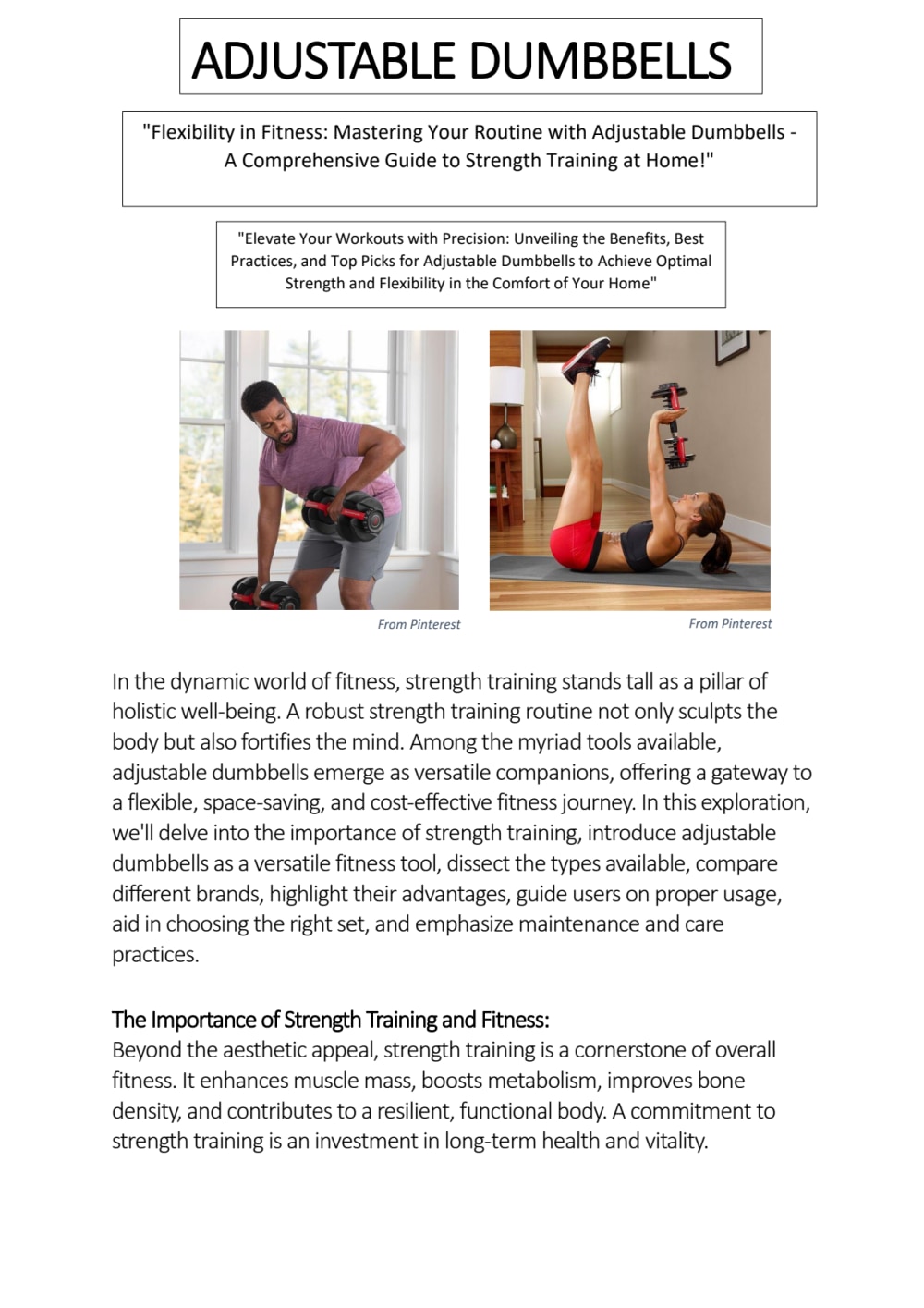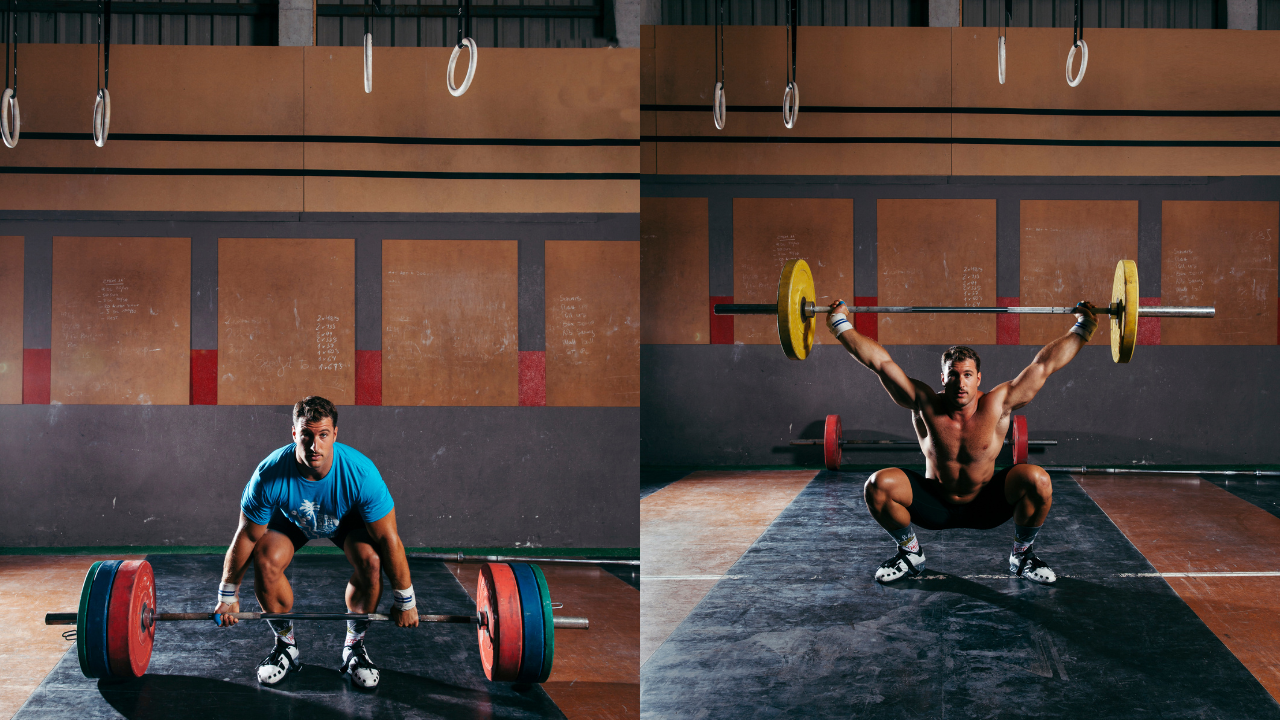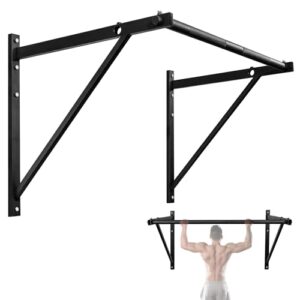Strength training focuses on increasing overall strength and endurance. Muscle building, or hypertrophy, aims specifically at enlarging muscle size.
Distinguishing between strength training and muscle building is crucial for tailoring your fitness goals. Selecting the right exercise regimen can significantly impact your physical development. Strength training involves lifting heavy weights for fewer repetitions, enhancing strength and power. Conversely, muscle building requires moderate weights with higher repetitions to maximize muscle growth.
Fitness enthusiasts should identify their goals clearly—be it boosting raw strength or achieving aesthetic muscle gains—and choose their workout plan accordingly. Understanding these differences guides effective workout strategies and helps prevent overtraining and injury, setting a clear path for progress in either strength or size.

Credit: www.upwork.com
The Fitness Spectrum
Imagine a spectrum. On one end, strength training sits, and on the other, . Both are forms of exercise, but they serve different goals.
Strength training makes you stronger, powerful.
Muscle building, however, makes muscles grow bigger.
Let’s explore these two fitness realms.
Strength Training Essentials
Strength training means lifting heavy to increase strength. It’s not just lifting; it’s a process.
- Heavy weights: lift near-maximum weights.
- Fewer reps: perform less but with more weight.
- Compound exercises: focus on multi-muscle workouts.
- Rest: muscles need time to recover and grow stronger.
Select a weight to complete only 3-6 reps. Rest for 2-5 minutes after each set. Compound exercises are key. These include squats, deadlifts, and bench presses.
Muscle Building Basics
In muscle building, size is the prize. It is also known as hypertrophy training. Here are the basics:
- Moderate weights: use weights you can lift 8-12 times.
- More reps: aim for a higher rep count.
- Isolation exercises: target specific muscles such as biceps curls.
- Shorter rest: rest for 30-90 seconds to keep muscles under tension.
Routine is key. Work different muscle groups each session. Take care to balance your diet. Proper nutrition fuels muscle growth.
Identifying Your Goals
Identifying your goals in fitness is like plotting a map for your journey. Are you looking to develop immense strength to lift hefty weights? Or do you desire muscular arms and legs that not only display power but also aesthetic appeal? Understanding your primary objective determines the approach for your workout routine.
Desired Outcomes Of Strength Vs. Size
Before diving into any training regimen, you must comprehend the results you aim for. Strength training focuses on increasing the power of your muscles. It means lifting heavier weights with fewer repetitions. Muscle building, on the other hand, aims for size. It involves lifting lighter weights but with more repetitions. This distinction guides your exercise selection and nutritional plan.
- Strength Training: Enhanced capability to lift heavy objects, improved functional strength.
- Muscle Building: Increased muscle mass and definition, boosted metabolism.
Setting Realistic Targets
Setting achievable goals is essential. Your body type, daily life, and time commitment are critical factors. Begin by establishing short-term objectives to stay motivated. Progress slowly to long-term aspirations. Remember, quick results in strength or size are seldom sustainable or healthy.
| Objective | Short-term Goal | Long-term Goal |
|---|---|---|
| Strength | Increase weight lifted by 10% | Double lifting capacity |
| Size | Gain 1-2 inches on muscles | Gain lean body mass |
Combine consistency with patience. Track your progress to refine your training as needed. By tailoring your workout and dietary plan, you’ll be on the path to reach your unique fitness targets—whether it’s strength or size or a mix of both.
Anatomy Of Strength Training
The Anatomy of Strength Training dives deep into how your body becomes stronger. Many think lifting weights only builds muscle size. That’s not true. Strength training changes your muscles and nerves. Let’s explore what really happens inside your body.
Neural Adaptations
When you start strength training, your brain and nerves learn first. Your body gets efficient at sending signals to your muscles. Think of it as upgrading the wiring in a house. This is why you get stronger without muscles getting bigger at first.
- More Motor Units: Your muscles fire up more of these to lift weights.
- Better Coordination: Muscles work together smoothly.
- Faster Signals: Nerves send messages quicker to muscle fibers.
Functional Power
Functional Power is strength for real-world actions. It is when your training makes everyday tasks easier. Picking up groceries or climbing stairs takes less effort. Strength training gives you this power.
| Exercise Type | Functional Benefit |
|---|---|
| Squats | Stronger legs for jumping and running |
| Deadlifts | Better back strength for lifting objects |
| Push-ups | Strong arms for pushing doors or strollers |
Remember, strength training is not all about muscle size. It’s about teaching your body to use its strength effectively.
Muscle Building Mechanics
Understanding muscle building mechanics sets the stage for effective training. Know the science, tailor your workout, and expect solid gains. Whether you aim for sheer strength or muscle bulk, knowing the body’s processes is key.
Hypertrophy Explained
Hypertrophy is the process of making muscles bigger. It occurs when muscle fibers repair after workouts. This repair creates larger and stronger muscles over time.
Sarcoplasmic Vs. Myofibrillar Hypertrophy
Muscle growth happens in two ways: sarcoplasmic and myofibrillar hypertrophy. Understanding these can guide your training focus.
| Sarcoplasmic Hypertrophy | Myofibrillar Hypertrophy |
|---|---|
| Energy Storage: Boosts muscle’s glycogen storage. | Strength Boost: More myofibrils increase muscle strength. |
| Pump: Provides a full, pumped look to muscles. | Density: Creates denser, tighter muscles. |
| Endurance: Best for high-rep, low-weight workouts. | Heavy Lifting: Favours low-rep, high-weight lifts. |
To build muscle, combine both sarcoplasmic and myofibrillar approaches. Varied workouts yield balanced, aesthetic, and functional muscle growth. Focus on compound movements and progress over time for the best results. Consistency is vital.
Crafting Your Workout Regimen
Whether aiming to get stronger or build muscles, a tailored workout plan is key. Strength training emphasizes enhancing your ability to exert force. Muscle building, or hypertrophy, focuses on increasing muscle size. Each goal requires a different approach in your workout regimen. Begin with the fundamentals of balancing volume and intensity, then explore periodization to ensure ongoing progress.
Balancing Volume And Intensity
Volume and intensity hold hands in any effective workout. Volume refers to the number of exercises, sets, and reps. Intensity deals with the weight lifted or resistance used. To craft an optimal regimen:
- Start with lighter weights and more reps for muscle building.
- Gradually increase weight while decreasing reps for strength.
For muscle growth, aim for a volume that challenges your muscles to adapt. Strength trainers should focus on lifting heavier weights for fewer reps. Keep workouts short but intense to avoid fatigue that can hinder gains.
Periodization For Progress
Periodization is varying your training over time to avoid plateaus and continuously challenge your body. It’s a crucial element in advancing both strength and muscle size. Below is a simplified periodization plan:
| Phase | Focus | Volume | Intensity |
|---|---|---|---|
| 1 | Endurance | High | Low |
| 2 | Hypertrophy | Moderate | Moderate |
| 3 | Strength | Low | High |
Begin with an endurance phase to prepare your muscles. Move into a hypertrophy phase to start building size. Lastly, enter a strength phase to maximize your force output. Rotate through these phases for continuous improvements and to keep your workouts fresh.

Credit: www.facebook.com
Nutrition And Recovery
Striving for peak performance in strength training or muscle building? Nutrition and recovery are keys to success. These crucial elements fuel workout sessions and repair muscles. Maximizing gains involves more than just lifting weights. Let’s explore how the right food and rest can boost progress.
Fueling For Strength And Growth
Eating right is essential. Your body needs a mix of proteins, carbs, and fats. Here’s what to include:
- Proteins: They rebuild muscle fibers. Examples are chicken, tofu, and fish.
- Carbohydrates: They provide energy. Good sources are brown rice, oats, and quinoa.
- Fats: They support hormone functions. Avocado, nuts, and seeds are healthy options.
Timing matters too. Fuel up two hours before and eat within 30 minutes after workouts.
Importance Of Rest And Repair
After a tough session, rest is non-negotiable. It lets muscles repair and grow stronger. Here’s how to optimize recovery:
- Sleep: Aim for 7-9 hours. It’s prime time for muscle repair.
- Active recovery: Low-impact activities like walking or yoga help.
- Rest days: Take these seriously. Full rest or active recovery days aid in preventing overtraining and injuries.
Remember, to see results, balance workouts with the right nutrients and sufficient rest.

Credit: www.timesnownews.com
Frequently Asked Questions For Strength Training Vs Muscle Building
Is Strength Training The Same As Muscle Building?
Strength training and muscle building are not identical. Strength training enhances muscle functionality while muscle building increases muscle mass. Both may overlap but focus on distinct goals.
Is It Better To Build Muscle Or Strength First?
Building muscle and increasing strength often go hand-in-hand. Starting with strength training can establish a solid foundation for muscle building. Tailor your program to your fitness goals, whether that’s to grow muscle size or enhance strength.
Will I Gain Muscle If I Do Strength Training?
Engaging in strength training typically leads to muscle gain due to increased muscle fiber size and strength. Regular workouts and proper nutrition are essential for optimal results.
Should I Strength Train Or Bodybuild?
Choose strength training to build muscle power and endurance. Opt for bodybuilding to increase muscle size and sculpt your physique. Your fitness goals will determine the best approach.
What Is Strength Training?
Strength training involves exercises designed to improve endurance and functional force by focusing on resistance workouts.
How Does Muscle Building Work?
Muscle building, or hypertrophy, is achieved through progressive overload, causing muscle fibers to grow in size.
Conclusion
Embracing strength training or muscle building hinges on personal goals. Both paths offer unique health benefits and physique transformations. It’s vital to assess your objectives, match them with the appropriate regimen, and integrate consistency for optimal results. Choose your journey wisely, and let the gains begin!
















